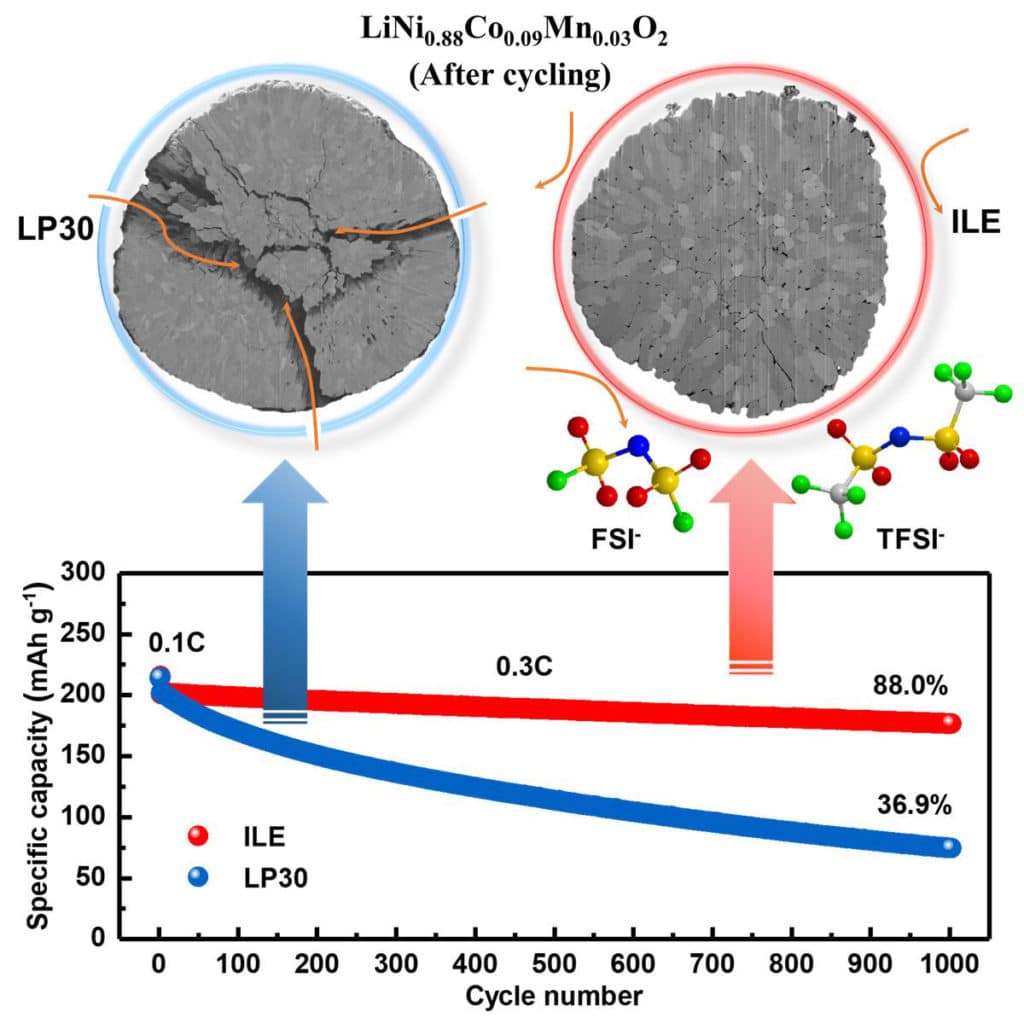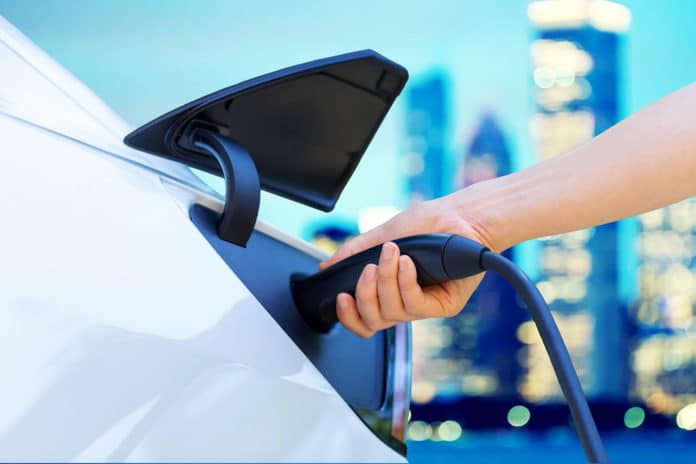A new lithium metal battery developed by the Karlsruhe Institute of Technology (KIT) and the Helmholtz Institute Ulm (HIU) reaches an extremely high energy density of 560 Wh/kg, with remarkable stability.
Currently, lithium-ion batteries represent the most common solution for mobile power supply because of their widespread application in electric vehicles, smartphones, and laptop computers. However, this technology reaches its limits in some applications. Lithium-metal batteries, which are characterized by a high energy density, maybe an alternative. But the stability is usually low because the electrode materials react with conventional electrolyte systems.
Researchers from KIT and the Helmholtz Institute Ulm for Electrochemical Energy Storage (HIU) have now found a solution. They used a promising combination of a cobalt-poor, nickel-rich layered cathode (NCM88) with a lithium metal anode and a commercially available organic electrolyte (LP30). While the cathode reached high energy density, instability soon took hold, and storage capacity decreased with an increasing number of cycles.

“In the electrolyte LP30, particles crack on the cathode. Inside these cracks, the electrolyte reacts and damages the structure. In addition, a thick mossy lithium-containing layer forms on the anode,” explains Professor Stefano Passerini, Director of HIU.
For this reason, the team swapped the LP30 electrolyte with a non-volatile, poorly flammable, dual-anion ionic liquid electrolyte (ILE). “With the help of ILE, structural modifications on the nickel-rich cathode can be reduced significantly,” says Dr. Guk-Tae Kim from the Electrochemistry for Batteries Group of HIU.
As a result, a lithium-metal battery with the NCM88 cathode and the ILE electrolyte reaches an energy density of 560 watt-hours per kilogram (Wh/kg), which is twice as much as today’s best-in-class lithium-ion batteries. Its initial storage capacity is 214 mAh/g of the cathode material and retains 88% capacity even after 1000 charge and discharge cycles. The average Coulombic efficiency, i.e., the ratio between discharge and charge capacity, is 99.94%.
Since the presented battery is also characterized by a high level of safety, it is an important step on the way to carbon-neutral mobility, according to the researchers from KIT and HIU.
